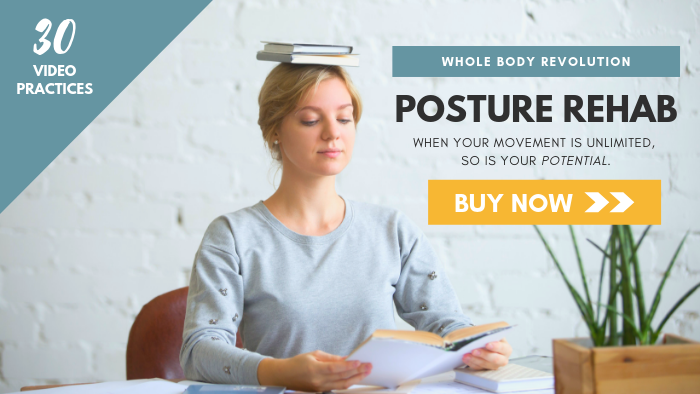Can You Pat Your Head While Rubbing Your Belly AND Bouncing on One Foot?
So, maybe that’s a little much, but wouldn’t you like to have improved balance and coordination so you can waltz gracefully through life instead of stumbling into walls and door jambs? Guess what…it’s easier than you think, and it does NOT involve balancing on a giant ball while pressing five pound dumbbells overhead. In fact, I can’t think of a situation in the real world that would require such a feat, not to mention the ankle stability hazard…
Actually, there is something quite simple you can do while standing on dry land to improve your coordination and balance. You see, we all have things in our cells called proprioceptors. These little guys tell us where our body is in space. Whatever feedback we give them, they respond to, and the more you challenge them, the more fine tuned they get.
Try this: Stand with your feet comfortably underneath your body (just slightly narrower than shoulder width apart will put your feet directly under your hip joint and give you optimal support). Gently shift your weight from foot to foot without lifting either foot off the ground. See how you can move your center of gravity from side to side?
Now, shift it over your right foot and lift your left foot off the ground. This is pretty simple for most people (if this is challenging, stay here and work at this level until you’ve mastered centering your gravity over the narrow base of support of one foot).
While standing on one foot, close your eyes. You’ve taken away visual input to the proprioceptors, and most people’s bodies don’t know how to use only kinesthetic input (the sense of touch or feeling). Now, with your eyes closed, turn your head from side to side. You’re adding movement to the equation and really stretching the capabilities of proprioception!
After a few repetitions on this side, switch so you’re standing on your left foot and repeat. Use this exercise daily to improve balance, coordination, and grace. It will help keep your coordination sharp well into your later years (so you won’t have to worry about balance issues later in life!).

 I know you’d like to improve your flexibility. I hear this from my clients all the time! So far, I’ve showed you how to
I know you’d like to improve your flexibility. I hear this from my clients all the time! So far, I’ve showed you how to